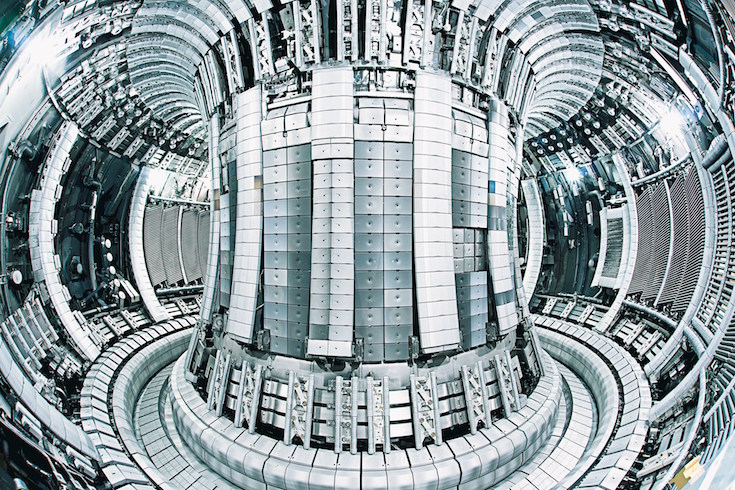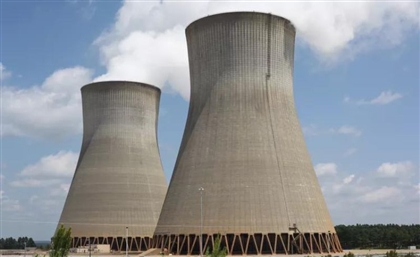The Future Of Clean Energy: Nuclear Fusion
Cairo's recent deal with Russia for a nuclear reactor may already be outdated with advances in fusion technology, like the Wendelstein 7X stellarator

Egypt’s recent deal with Russia to build a nuclear reactor in Dabaa may be a step in the wrong direction due to recent breakthroughs in technology. The race for the future of energy production is heating up! Apologies for the pun, but we’re talking about 80 million degrees, here.
The Wendelstein 7X (W-7X) stellarator was fired up for the first time last week by a team of German scientists at Karlsruhe Institute of Technology. The Wendelstein heated up to about 80 million degrees Celsius and converted hydrogen to plasma for about a quarter of a second.
We thought it sounded like a nefarious device built by Dr. Doom to melt the population of the world, too, but its builders actually have humanitarian intentions.
If hydrogen plasma sounds familiar, then you probably paid too much attention in science class and are a giant nerd by now. For the rest of you cool people, hydrogen plasma is the fuel that powers stars, like our sun. Fusion is the process by which hydrogen, the most basic element, forms more complicated elements that are necessary to make all the rest of the stuff in the universe, including life. This atom smashing creates a lot of energy; properly harnessed, this energy is a clean and basically limitless source that could totally change the game for energy-starved cities of the world, like Cairo.
Fusion is the opposite of the current model for nuclear power, fission. Fission reactors are the ones you see freaking everyone out with talk of meltdowns and radioactive waste. While they’re still ridiculously more efficient than burning coal, they do create lots of gross nuclear waste. Initially, it was thought to produce awesome mutant superpowers, but turns out the only superpower you get is radiation poisoning, which only makes you bleed from unexpected places.
Just days after the Germans, Chinese physicists’ Experimental Advanced Superconducting Tokamak (not exactly the catchiest name, we’ll take Wendelstein any day) produced its own plasma at 49.99 million degrees Celsius. While this is significantly cooler than the Wendelstein’s 80 million, the Chinese reactor sustained its little bit of star stuff for a record-shattering 102 seconds.
Nuclear waste is expensive to handle properly and super dangerous, but smashing atoms together through fusion doesn’t actually produce any toxic waste, making the Wendelstein and reactors like it the key to a sustainable, clean energy future.
























